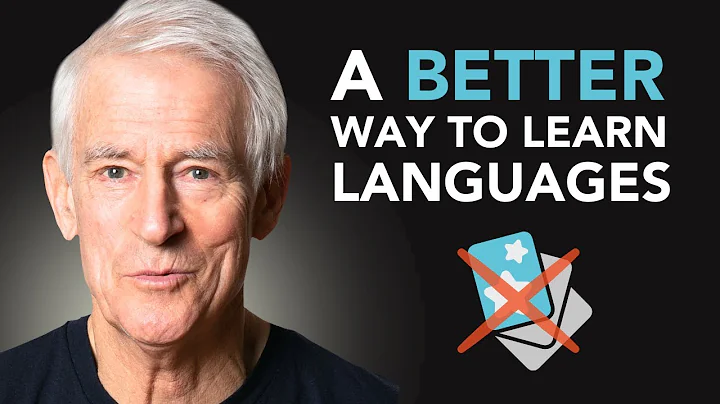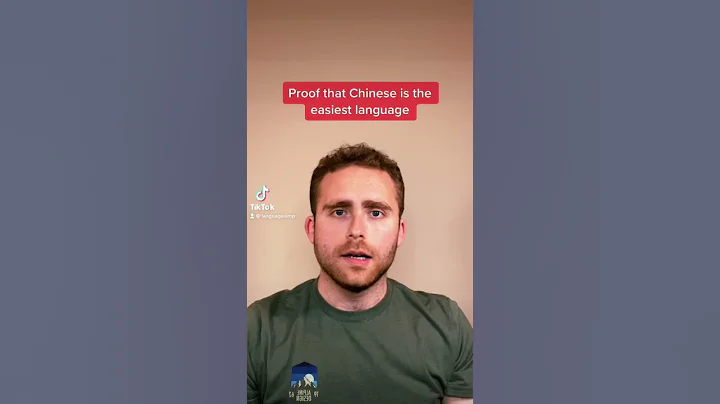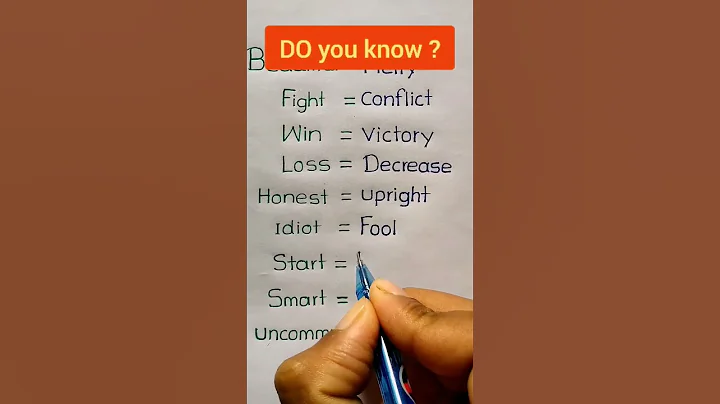On May 1, 2022, the newly revised Vocational Education Law came into effect. This is the first revision of the Vocational Education Law in the past 26 years. It is clear from the legal level that "vocational education is an education type that has the same important status as general education", and it also brings long-term marginalized vocational education into the public's vision. The government provides more educational options by improving the quality of vocational education, which can alleviate the competition in education and the anxiety of parents of primary and secondary school students. At the same time, we also hope to improve the quality and professional capabilities of the entire skilled workers, so as to promote the development of the entire industry, so that more companies can grow into high-end enterprises or even hidden champions . Therefore, there are more and more new scenarios and new needs for vocational education.

- MR Teaching + Interactive Exploration, Exploring new scenarios for teacher-student interaction
Currently, due to technical limitations, many teaching scenarios are achieved through oral descriptions of teachers, short video displays, etc., and the teaching effect is often greatly reduced. In the "Vocational Education Information Development Report (2021 Edition)", it is found that when teachers and students in vocational colleges use functions such as "homework submission" and "watching and playback". In more critical teaching activities and teaching steps, the platform only plays a "auxiliary" role, but does not reach the level of "integration". In other words, from the perspective of teaching, the in-depth application of information technology in teaching still needs to be further expanded.

The picture shows Phoenix Chuangyi MR teaching system
Phoenix Chuangyi Company MR teaching system is the first step in solving the teaching problem. The 3D-LED MR teaching system with three-dimensional immersive and immersive deep learning can well solve the problem that classroom podium display, practical training teaching demonstration/demonstration is expensive or that teaching content that has certain safety hazards cannot be effectively presented during the demonstration process.
This system mainly mixes the 3D digital twin virtual simulation teaching content with the teacher's real-time spatial picture through mixed reality MR technology, allowing students to immerse themselves in the teacher's real-time operation of digital twin virtual simulation teaching scenario through three-dimensional glasses, making the teacher's teaching content more three-dimensional and vivid, and allowing students to have the same spatial three-dimensional imagination and logical thinking ability as teachers. With the support of the 3D-LED MR teaching system, teachers can interact in real time with the digital twin model of the teaching scene content through the interactive handle, such as demonstrating the structural principles of digital twin simulations, safety operation specifications, disassembly and assembly of various equipment in the teaching scene. Students wear 3D glasses to see the interaction process between the teacher and the digital twin teaching simulation scene in real time from the 3D LED ring curtain, and students can also participate in collaborative interaction through the handle.
3D-LED MR teaching system can help students learn the professional technical knowledge taught by teachers faster, feel the real simulation scenarios in an immersive way, improve students' learning interest and understanding ability, and at the same time improve the teacher's teaching quality. The immersive 3D-LED MR teaching system truly solves the problem of low efficiency in classroom professional technical knowledge transmission.
- replica dual-teacher teacher clone, one-to-one virtual expert guidance
A common consensus exists in the field of education that compared with the current large-class teaching model, experienced teachers can produce better teaching results by producing one-to-one personalized teaching . However, due to the lack of educational resources, it is difficult to promote the one-to-one teaching model on a large scale. Especially for science and engineering majors, in practical training teaching, students need to master the professional technical knowledge and operation skills of specific practical training projects. It poses high challenges to students' hands-on ability and logical thinking ability. Therefore, in the practical training session, experienced teachers need to demonstrate the operation and guide students to operate.
training project teaching guidance not only requires teachers to have excellent professional knowledge, but also requires rich training guidance experience. However, there are currently few dual-teacher teachers with practical training and teaching experience, and the practical training and teaching results are not ideal.In this regard, Phoenix Chuangyi Company, as a technology company focusing on the development of virtual reality technology, developed an intelligent guidance system simultaneously when developing professional VR digital twin training courses such as robots, auto repairs, and architecture. This system can solve the problem of lack of training instructors and can realize one-to-one tutoring.
- multi-stage intelligent guidance and intelligent diversion to build a personalized training channel for students
One-to-one guidance is not enough. Enhancing students to gain skills is also inseparable from practicing on mobile phones.
Phoenix Chuangyi has designed three stages for student training. Digital twin virtual simulation, digital twin virtual and real integration training and real machine training are implemented in stages. According to the steps of familiarity, mastery and application, we will gradually improve step by step. The three-stage teaching model of digital twin virtual simulation training, digital twin virtual and real fusion equipment training, and real machine practical training is adopted, and the course teaching is carried out with projects as cases and work tasks as content. The simulation training center combines the professional knowledge theory learned and practice operations, and masters the necessary professional and technical knowledge and certain practical skills in the virtual digital twin environment. Through intelligent guidance and intelligent evaluation systems, students' digital twin virtual simulation training results are automatically scored, and the digital twin virtual fusion equipment training is diverted to the digital twin virtual and real fusion equipment training. Job skills are further improved through real hand feeling and digital twin virtual control object operation training. After intelligent evaluation again, enter the real machine practical training stage, and finally, internships are conducted at off-campus productive training bases or enterprises to comprehensively improve job capabilities.
For example, in the inspection of the automotive electronic control system, the first stage of the teaching process is in the virtual simulation training room, teachers and students jointly conduct digital twin virtual disassembly and assembly training, and assist in practical teaching with 3D digital twin simulation simulation structure principles, VR digital twin simulation real training resources, etc. After students have a full understanding of the internal structure, working principles and maintenance process of the relevant equipment, the digital twin simulation real training will be conducted, and the assessment will be passed and the next practical training stage will be entered.
The second stage, assisted by teachers or under the guidance of intelligent guidance, students conduct practical training on equipment that integrates digital twins virtual and real, and use equipment like real machines to inspect and operate the virtual digital twin mechanical equipment. After passing the intelligent assessment and evaluation, they can enter the third stage of real machine operation, disassembly, assembly, maintenance, etc. of real equipment. The implementation of these three stages of
is inseparable from the intelligent evaluation system. Unlike traditional exams, most training projects rely on manual evaluation, which have problems such as large workload and low-level repetitive work efficiency, single means and subjective one-sidedness. It is impossible to judge students' comprehensive abilities and lack effective comprehensive evaluation of students' professional technical knowledge and practical operation skills.
Phoenix Chuangyi Company’s intelligent evaluation system can achieve accurate evaluation of process results, analyze students’ practical training behaviors through big data, and realize intelligent evaluation of practical training results. The system can automatically perform intelligent evaluation of all professional simulation experiment operations, and realize intelligent automatic scoring of various experimental projects in all majors, such as installation and disassembly, processing simulation, circuit experiment, assembly and maintenance, equipment control, fault diagnosis and exclusion, etc., based on the experimental operation process and results, forming an objective analysis portrait of students' technical skills and abilities. Realize full tracking of students' practical process, accurate analysis of learning behaviors by big data, help students quickly learn technical skills, help teachers intelligently evaluate students' learning effects, improve teaching efficiency and improve teaching quality.
truly breaks the teaching model of simple knowledge explanation. Classroom teaching focuses on students participating in learning/hands-on exercise throughout the process. It not only cultivates students' professional skills in disassembly and assembly and maintenance of equipment, but also improves students' computer operation capabilities, laying the foundation for future career development.











